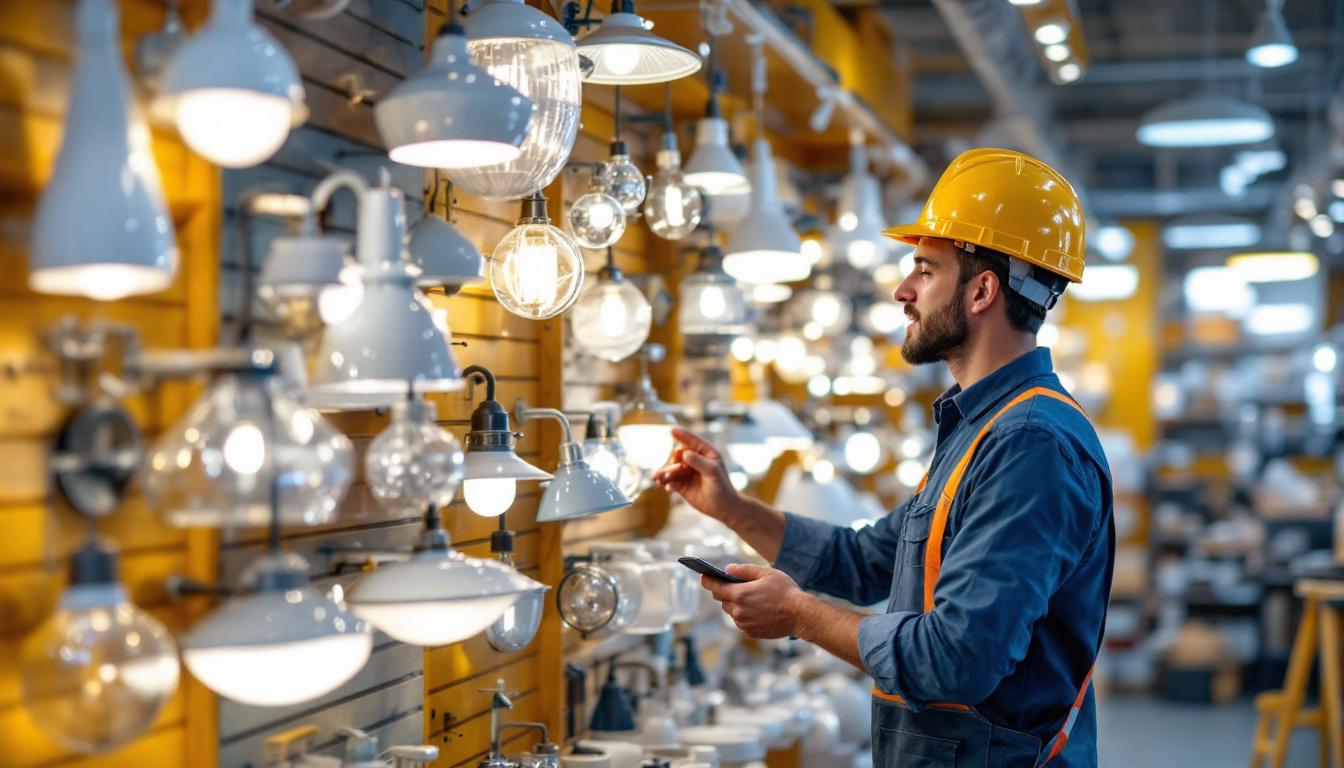
Lighting plays a crucial role in enhancing the aesthetic appeal and functionality of any space. For lighting contractors, understanding the various types of lighting fixtures available is essential for delivering quality service and meeting client expectations. This article delves into the essential lighting fixtures that every lighting contractor should consider when working on projects, ensuring that they can provide optimal solutions for residential, commercial, and industrial applications.
Lighting fixtures come in various designs, styles, and functionalities, each serving a unique purpose. Recognizing the different types of fixtures is vital for lighting contractors to offer tailored solutions to their clients.
Ambient lighting serves as the primary source of illumination in a space. It provides a uniform level of brightness, making it essential for everyday activities. Common types of ambient lighting fixtures include ceiling-mounted lights, chandeliers, and recessed lighting.
When selecting ambient lighting, contractors should consider the size of the room, the height of the ceiling, and the overall design theme. For example, larger spaces may benefit from a statement chandelier, while smaller rooms might require flush-mounted ceiling lights to maximize space. Additionally, the choice of bulb can significantly impact the quality of ambient light; warm white bulbs create a cozy atmosphere, while cooler tones can enhance a more modern or energetic vibe.
Moreover, integrating dimmer switches can provide flexibility, allowing homeowners to adjust the brightness according to the time of day or occasion. This adaptability not only enhances comfort but also contributes to energy efficiency, making it a smart choice for modern living.
Task lighting is designed to illuminate specific areas where activities such as reading, cooking, or working take place. Examples include desk lamps, under-cabinet lights, and pendant lights over kitchen islands.
Contractors should recommend task lighting that complements the ambient fixtures while providing adequate brightness for the intended tasks. Adjustable fixtures can also be beneficial, allowing users to direct light where it is needed most. For instance, a swing-arm lamp at a desk can be positioned for optimal illumination, reducing eye strain during long hours of work.
In kitchens, under-cabinet lighting not only enhances visibility for food preparation but also adds a layer of aesthetic appeal, creating a warm glow that invites social interaction. The strategic placement of task lighting can transform functional spaces into inviting areas that encourage creativity and productivity.
Accent lighting adds drama and highlights specific features in a space, such as artwork, architectural details, or landscaping. This type of lighting is typically achieved through spotlights, wall-mounted fixtures, or track lighting.
When incorporating accent lighting, contractors should consider the color temperature and intensity of the light to ensure it enhances the highlighted features without overwhelming the overall ambiance. For example, using LED lights with a high color rendering index (CRI) can make colors appear more vibrant and true to life, which is particularly important in galleries or homes with significant art collections.
Additionally, layering accent lighting with ambient and task lighting creates a more dynamic and visually interesting environment. This technique allows homeowners to create different moods and atmospheres throughout their space, whether it’s a cozy dinner party or a lively gathering with friends. By thoughtfully combining these lighting types, contractors can help clients achieve a harmonious and functional lighting design that elevates their living experience.
Choosing the right lighting fixtures involves more than just aesthetics; it requires a thoughtful approach to functionality, energy efficiency, and client preferences. Here are some key considerations for lighting contractors.
With the growing emphasis on sustainability, energy-efficient lighting solutions are becoming increasingly popular. LED fixtures, for instance, consume significantly less energy compared to traditional incandescent bulbs and have a longer lifespan.
Contractors should educate clients on the benefits of energy-efficient options, including cost savings on electricity bills and reduced environmental impact. Additionally, many regions offer incentives for using energy-efficient lighting, which can be a selling point for clients.
The style of lighting fixtures should align with the overall design theme of the space. Whether a client prefers a modern, minimalist look or a more traditional aesthetic, there are fixtures available to match every taste.
It’s essential for contractors to stay updated on current design trends and be able to suggest fixtures that will not only meet the functional needs but also enhance the visual appeal of the space.
Ease of installation and maintenance is another critical factor to consider when selecting lighting fixtures. Some fixtures may require specialized installation techniques or tools, which could impact project timelines and costs.
Contractors should be familiar with the installation requirements for different types of fixtures and communicate these to clients upfront. Additionally, recommending fixtures that are easy to maintain can lead to higher client satisfaction and repeat business.
With a myriad of options available on the market, it can be challenging for lighting contractors to determine which fixtures are best suited for their projects. Here are some popular choices that are widely used in various applications.
Pendant lights are versatile fixtures that can be used in a variety of settings, from kitchens to dining areas. They come in various styles, sizes, and materials, making them suitable for both modern and traditional spaces.
When installing pendant lights, contractors should consider the height at which they hang, ensuring they provide adequate illumination without obstructing views or movement in the space.
Recessed lighting, also known as can lights or pot lights, is a popular choice for creating a clean, modern look. These fixtures are installed into the ceiling, providing a streamlined appearance that can enhance the overall design of a room.
Contractors should pay attention to the placement of recessed lights to avoid creating shadows or uneven lighting. Additionally, dimmable options can offer flexibility in adjusting the light intensity based on the time of day or activity.
Wall sconces are an excellent way to add both ambient and accent lighting to a space. They can be used in hallways, living rooms, or bedrooms to create a warm and inviting atmosphere.
When selecting wall sconces, contractors should consider the height at which they will be installed and the direction of the light. Upward-facing sconces can create a soft glow, while downward-facing options can provide focused illumination.
The lighting industry is constantly evolving, with new trends emerging that reflect changes in technology, design preferences, and sustainability. Staying informed about these trends can help lighting contractors offer innovative solutions to their clients.
Smart lighting technology has gained popularity in recent years, allowing users to control their lighting through mobile apps or voice commands. This trend offers convenience and customization, enabling homeowners to adjust brightness, color, and even create lighting schedules.
Contractors should consider integrating smart lighting solutions into their projects, as many clients are increasingly interested in home automation and energy management systems.
Vintage and industrial-style lighting fixtures have made a significant comeback, appealing to those who appreciate a nostalgic aesthetic. Fixtures that feature exposed bulbs, metal finishes, and rustic designs can add character to modern spaces.
Contractors should be prepared to source unique vintage-inspired fixtures that align with their clients’ preferences while ensuring they meet current safety and energy efficiency standards.
Biophilic design emphasizes the connection between nature and the built environment, incorporating natural elements into interior spaces. Lighting fixtures that mimic natural light or incorporate organic shapes and materials can enhance this design philosophy.
Contractors can explore options that support biophilic design, such as fixtures that provide adjustable color temperatures to simulate daylight or those made from sustainable materials.
Safety should always be a top priority for lighting contractors. Adhering to local building codes and regulations is essential to ensure that installations are safe and compliant. Here are some key safety considerations.
When installing lighting fixtures, contractors must follow electrical safety guidelines to prevent hazards such as short circuits or electrical fires. This includes using appropriate wiring, circuit breakers, and ensuring proper grounding.
It is advisable for contractors to stay updated on electrical codes and regulations, as these can vary by region. Consulting with licensed electricians for complex installations can also enhance safety and compliance.
Different lighting fixtures come with specific ratings that indicate their suitability for various environments. For example, fixtures used in damp areas, such as bathrooms or outdoor spaces, must be rated for moisture resistance.
Contractors should carefully review the ratings of fixtures and ensure they are appropriate for the intended installation location. This attention to detail can prevent future issues and ensure client satisfaction.
Incorporating accessibility into lighting design is essential, especially for commercial projects. Ensuring that lighting fixtures are positioned to accommodate individuals with disabilities can enhance the usability of a space.
Contractors should be familiar with accessibility standards and guidelines, such as those outlined by the Americans with Disabilities Act (ADA), to create inclusive environments for all users.
For lighting contractors, understanding the essentials of lighting fixtures is crucial for delivering quality service and meeting client needs. By familiarizing themselves with different types of fixtures, key considerations for selection, popular options, and current trends, contractors can provide tailored solutions that enhance both functionality and aesthetics.
Moreover, prioritizing safety and compliance in installations ensures that projects are completed to the highest standards. As the lighting industry continues to evolve, staying informed and adaptable will empower contractors to thrive in a competitive market.
Ultimately, the right lighting can transform a space, creating an inviting atmosphere and enhancing the overall experience for its occupants. By mastering the essentials of lighting fixtures, contractors can illuminate their clients’ visions and contribute to the creation of beautiful, functional environments.
Ready to elevate your lighting projects with the best fixtures on the market? Look no further than LumenWholesale, where we provide contractors with top-quality, spec-grade lighting products at unbeatable wholesale prices. Say goodbye to local distributor markups and hello to superior lighting products that meet the highest industry standards. Our extensive selection ensures you find the perfect lighting solution for any project, big or small. Plus, with free shipping on bulk orders, you can enjoy premium lighting at the best value — hassle-free and without hidden fees. Don’t compromise on quality, affordability, or convenience. Wholesale Lighting at the Best Value is just a click away. Transform your spaces with LumenWholesale today.
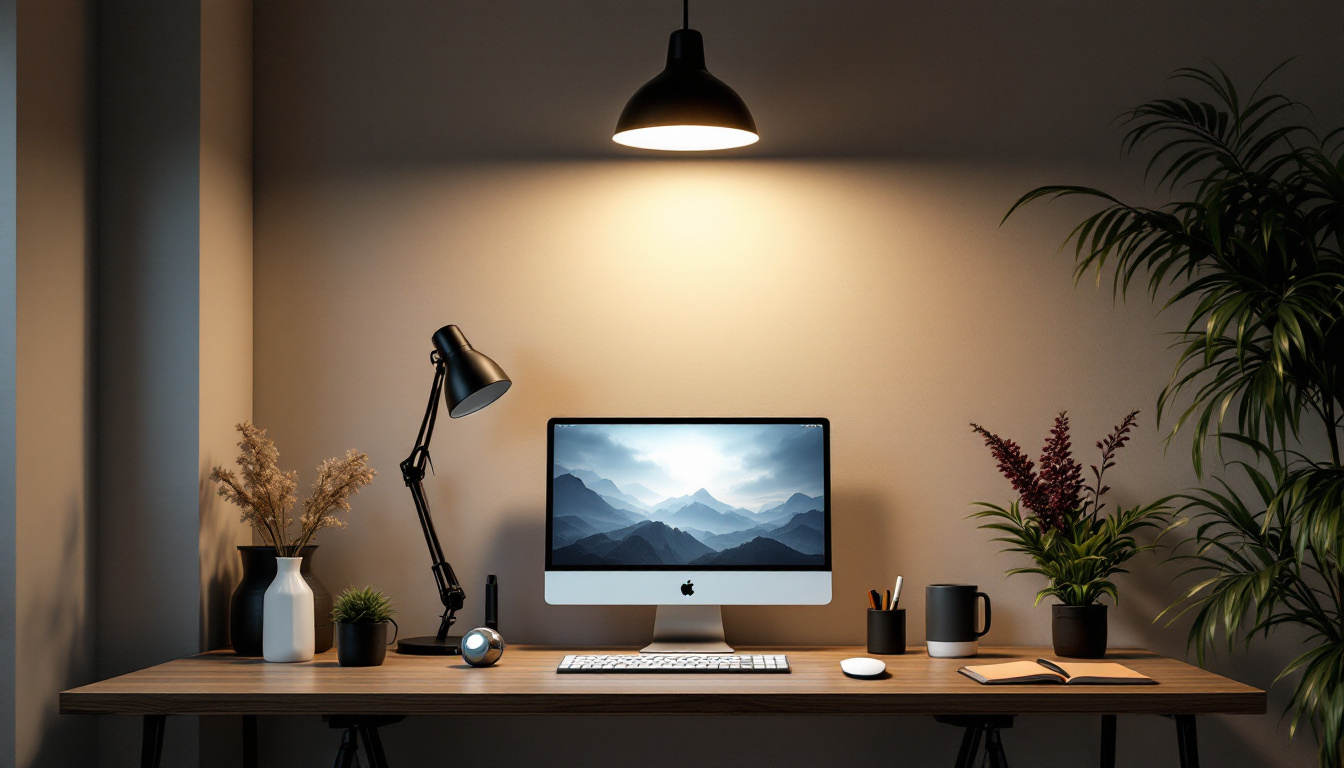
Discover how the right home office light fixtures can enhance productivity and efficiency for lighting contractors.
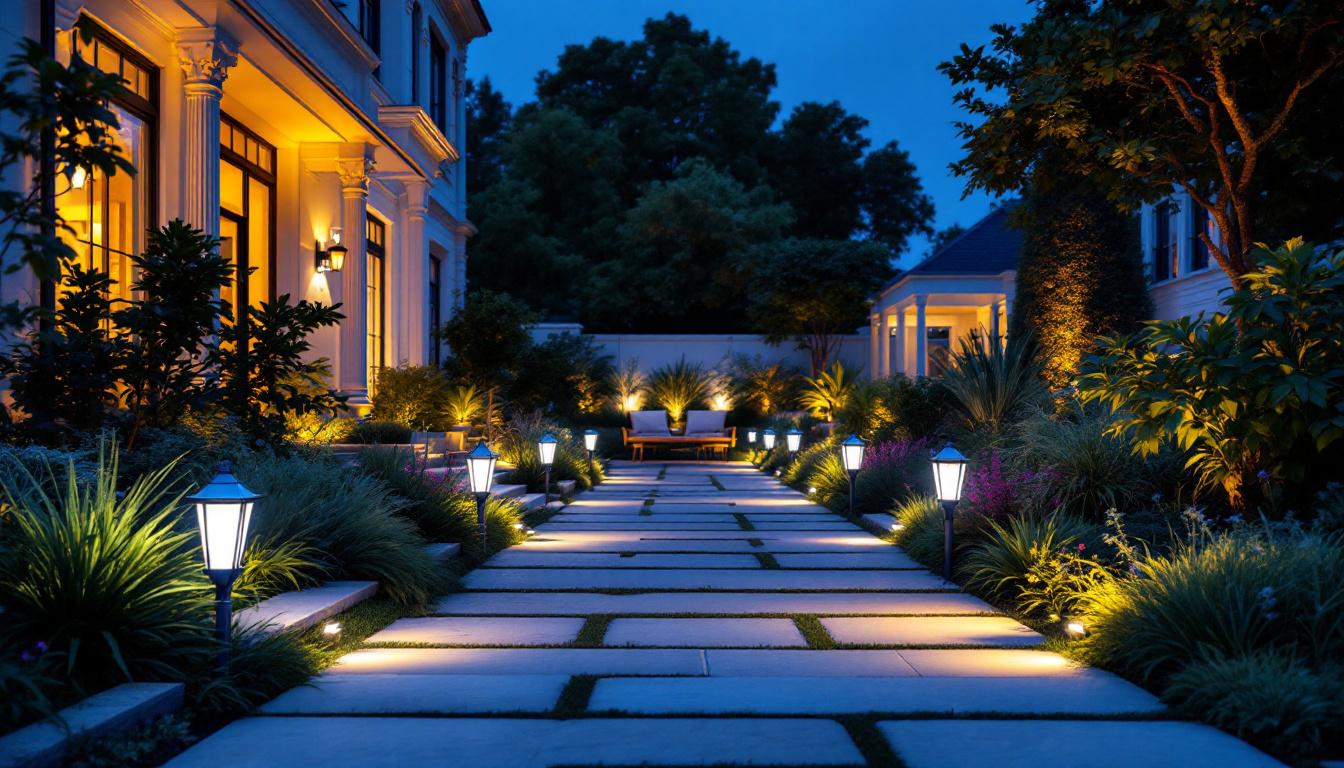
Illuminate your projects with precision using our comprehensive guide on exterior white lights.
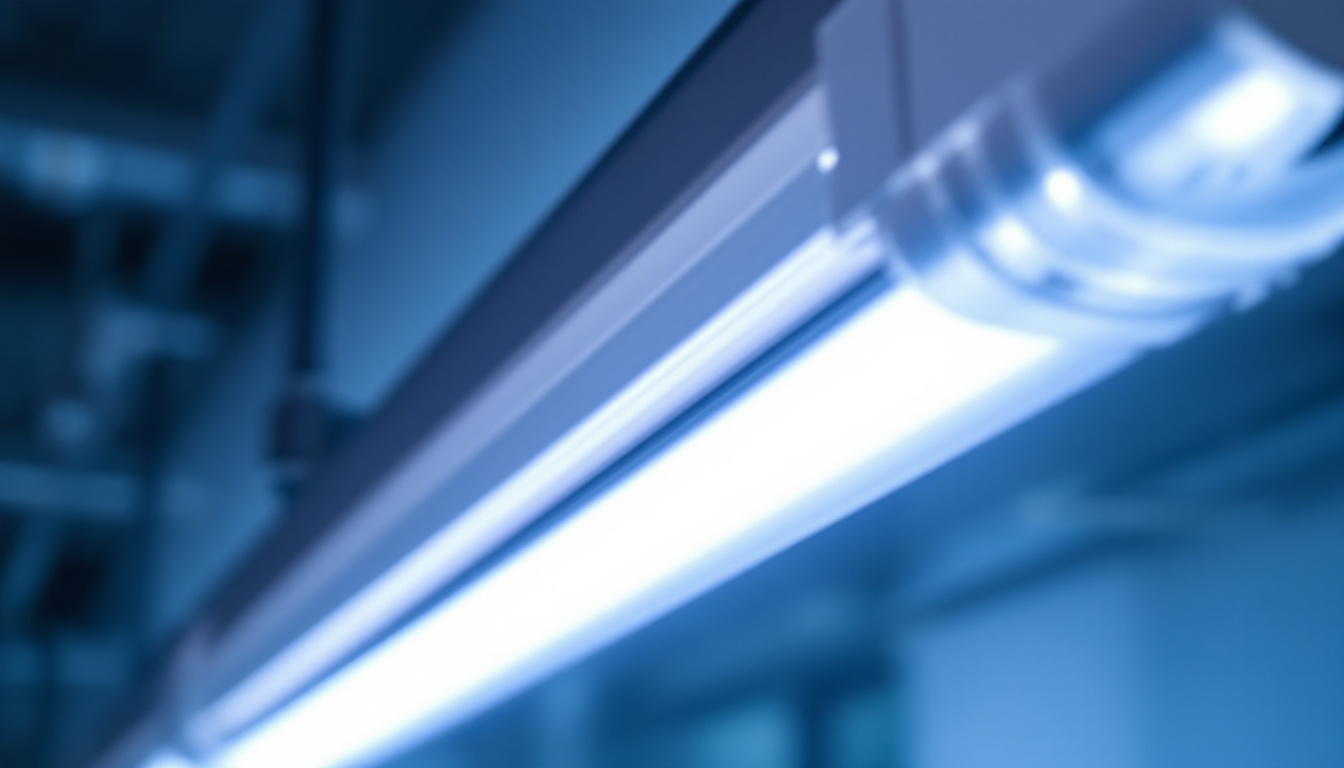
Explore the science behind fluorescent tube lights and discover essential insights for lighting contractors.
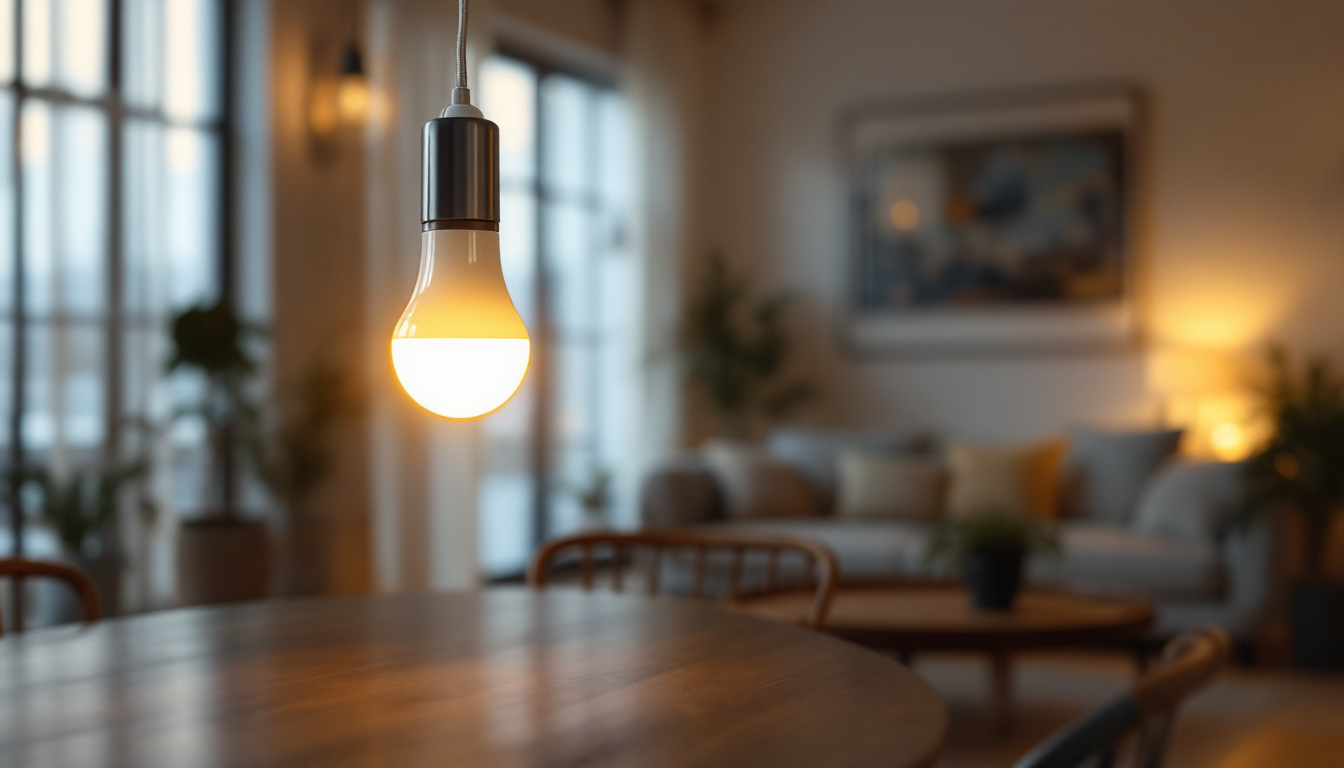
Discover how Solar System Lightbulbs are revolutionizing the lighting industry with sustainable technology, offering energy efficiency and eco-friendly solutions that illuminate a brighter future.